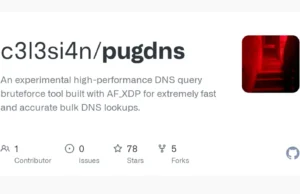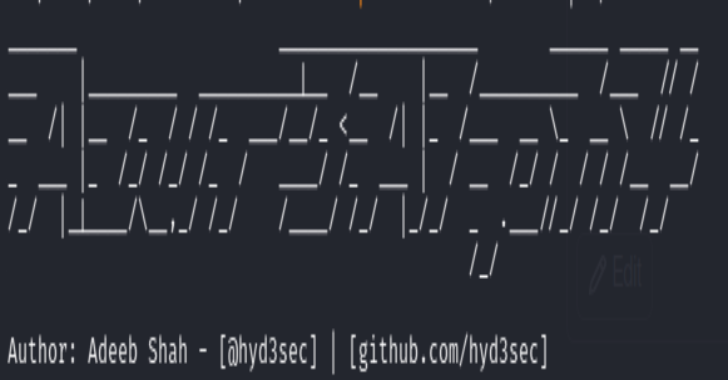Pulsar is an automated network footprint scanner for Red Teams, Pentesters and Bounty Hunters. Its focused on discovery of organization public facing assets with minimal knowledge about its infrastructure.
Along with network data visualization, it attempts to give a basic vulnerability score to find infrastructure weak points and their relation to other resources.
It can be also used as a custom vulnerability scanner for wide and uncharted scopes. This software was created with availability and openness in mind, so it is 100% free, and does not require any API keys to use its features.
What it is not?
- Vulnerability Management Platformn
- Full OSINT framework scanner
- Speed oriented tool with immediate results
Key Features
- Subdomains discovery
- TLD discovery
- Cloud resources discovery
- Basic vulnerability scanning
- Scan policies & optimization
- Data visualization
- Collaboration & data export
- Scheduling & notifications
- REST API
- External APIs integration
- OAUTH integration
- Custom scanner extensions
Installation Instructions
Note:
If you would like to use External APIs see USAGE.md
In order to use email notifications, edit EMAIL_BACKEND SETTINGS in portal/portal/settings.py before the installation or web container will need to be rebuild.
Windows
- Prerequisites
- Git-tools
- Installer is available here.
- Docker engine and docker-compose
- Docker installation instructions are available here.
- docker-compose installation instructions are available here.
Note :
Prerequisites will be verified during installation process.
For Windows 10 Home users: Since Docker desktop cannot be installed on Windows 10 Home, please install Hyper-V manually, instructions can be found here
Installation
- Clone or download latest pulsar repository
git clone https://github.com/FooBallZ/pulsar
- Run powershell installer
PS> .\install.ps1
- Proceed with installer instructions
Note: Make sure you store generated password before further installation steps. Administrator password can be changed in Django admin console at /admin/.
- Login to pulsar console at https://localhost:8443/ with generated default credentials
Linux
- Prerequisites
- Git-tools Install git from package manager of your distribution, i.e.
sudo apt install git
- Docker engine and docker-compose
- Docker installation instructions are available here.
- Docker-compose installation instructions are available here.
Note: Prerequisites will be verified during installation process.
Installation
- Clone or download latest pulsar repository
git clone https://github.com/FooBallZ/pulsar
- Run bash installer
./install.sh
- Proceed with installer instructions
Note: Make sure you store generated password before further installation steps. Administrator password can be changed in Django admin console at /admin/.
- Login to pulsar console at https://localhost:8443/ with generated default credentials
Contribution
- Have an idea, or a tool you would like to integrate? Feel free to issue a pull request.
- Current issues and features can be found at projects section. Feel free to pick something.
- Currently most help is needed with Vue.js frontend and Docker optimization.
Documentation
- User guide
- Basic usage guide can be found here.
- REST API
- Self describing API is available at /pulsar/api/v1/ endpoint.
- Development
- Currently the only available documentation is available at /admin/doc/ endpoint.
Note: Full development documentation will be available in future release.
Architecture
Pulsar is a PaaS based on docker-compose file with pre-installed requirements. Provided architecture can be easliy scaled, converted and deployed to multiple common cloud environments. Web application server is based on services such as Nginx, Gunicorn and Django Rest Framework.
Docker Container Structure


















